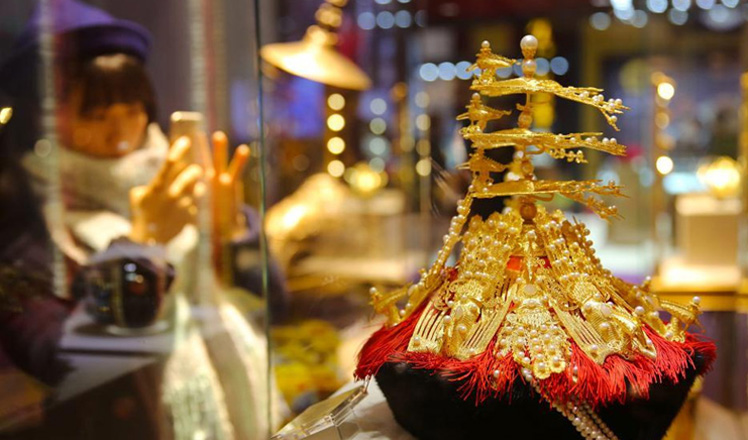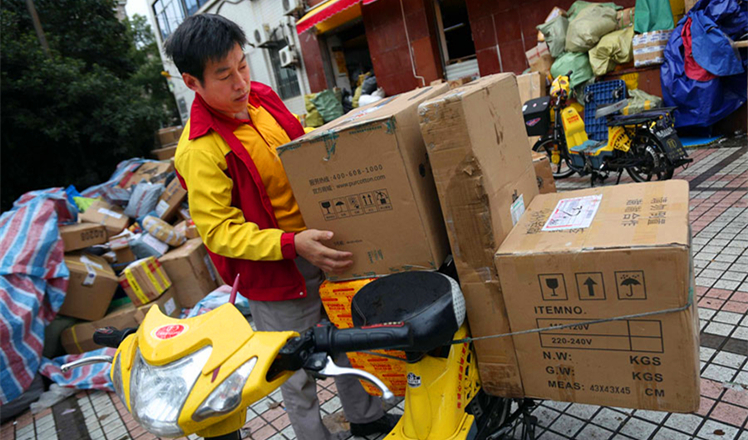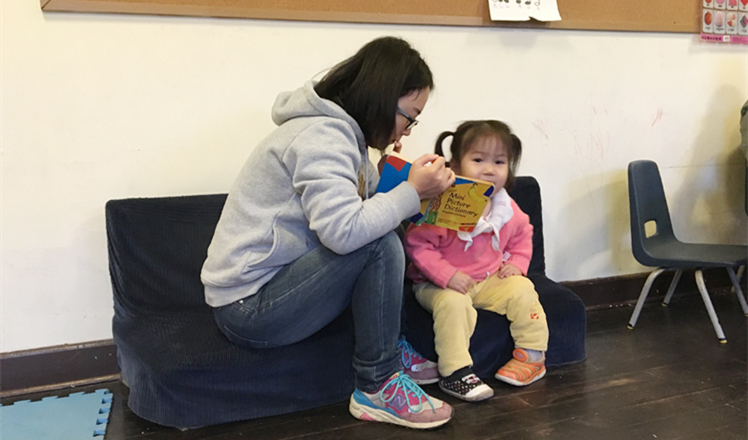Colombia's economy blooms with China ties
Updated: 2015-11-30 22:22
(english.cntv.cn)
|
|||||||||
By Vicki Cann, PhD Candidate, Communication University of China
Colombia is planning to construct a more environmentally-friendly mass transit system, which will be located at Buenaventura Port and built in partnership with Chinese companies.
Chinese Premier Li Keqiang visited Colombia last May, where he reaffirmed his country's commitment to boost bilateral trade, investment and infrastructure development. China stands as Colombia's second largest trading partner, while receiving approximately $US10 billion worth of Colombian imports annually.
The vice president of the National Economists Club, Maricruz Magowan told CNTV, "China is doing what the United States should have done a long time ago … China is offering money for infrastructure."
Chinese construction companies, such as China Railways and Bridge, Sinohydro, Hydrochina and China Harbour Engineering Company are bidding for key infrastructure projects in Columbia. The China-Columbia Chamber of Commerce and China-Columbia Friendship Society are fostering better intercultural exchanges between both sides as well.
Dr. Evan Ellis, research professor with the U.S. Army War College Strategic Studies, said, "Colombia is one of the countries in Latin America with the greatest potential to build a significant and profitable relationship with China."
He added, "Despite the legacy of more th`an 60 years of violence and civil wars, Colombia has a diverse modern economy with a large and well-educated urban middle class, political stability, and a functional business, financial, logistics and legal infrastructure."
Both countries are engaged in agriculture, mining, manufacturing tourism and energy development projects.
China's Green Efforts
Showcasing the latest in green technology at the 2015 Cargo and Passenger Transport Fair (Fitrans) held on Nov. 17–20 in Bogotá, China's Higer and BYD electric automotive vehicles have made substantial progress in Columbia's mass transit system.
With a fleet of 50 electric vehicles, BYD has introduced them to the South American market. BYD and Higer are upgrading the national mass transport system. Their hybrid electric buses would reduce carbon emissions and fuel consumption.
Forecasts say, the switch from diesel to electric or hybrid vehicles could cut over 3 million tons of CO2 emissions over the next 10 years. Chinese electric vehicles have been successfully introduced to the Panamanian, Peruvian, Ecuadorian and Brazilian markets as well.
The shift from diesel to electric vehicles is a step in the right direction. The impact of electric vehicles and greenhouse gas emissions will be among the topics discussed at the upcoming 2015 United Nations Climate Change Conference in Paris on November 30.
During President Xi Jinping's visit to the US last September, he pledged $US3.1 billion to aid developing countries in their fight against climate change. Accordingly, the recent Cargo and Passenger Transport Fair in Bogota serves as a precursor for implementation of China's commitment to combat global climate change.
Language and Culture
The automotive industry is not the only player making inroads in Colombia. The study of Mandarin and Chinese culture has been promoted by Confucius Institutes.
Colombia is home to three Confucius Institutes located at EAFIT University in Medellin, University of the Andes and Jorge Tadeo University in Bogota. The University of Cartagena and the University of the North in Barranquilla will soon establish Confucius Institutes as well.
Meanwhile, the 83-year-old Colombian artist, Ferdinand Botero, visited China for his debut at the National Museum of China on November 20. His works have been on display in Park Avenue, New York City and the Champs-Elysees, Paris.
"Every artist dreams to show his works here. And I was very lucky to be invited to China," said Botero.
Renowned for his appreciation and adaptation of Renaissance Art, Botero has vividly painted voluptuous figures, invitingly colorful fruits and lush vegetation as characteristic features for his masterpieces.
Celebrated as the second most influential artist in Colombia, Carmenza Jaramillo, Colombia's Ambassador to China said, "Botero is the most important person we have in Colombia, after the master Garcia Marquez."
During a press conference, the vice curator of the National Museum of China, Chen Lusheng said, "We are honored to present Botero's exhibition and introduce one of the world’s most important living-artists for the Chinese people."
His unique art style will be a good treat for Chinese art lovers, as they can enjoy the opportunity to view the 96 piece art exhibition until January 2, 2016.
2015 marks the 35th anniversary since diplomatic ties were first established between these two vibrant nations. Hence, the future appears bright for the two nations to embark on a dynamic journey together.
- Britain's Cameron says time to bomb militants in Syria
- Russia accept full suspension from athletics
- Turkish and Russian FMs to meet in Belgrade
- S.Korea, DPRK agree to hold vice ministers' meeting for improved ties
- Avoiding escalation over Russian warplane downing
- Rights panel presses US over scientists' cases
Most Viewed
Editor's Picks

|

|

|

|

|

|
Today's Top News
Chinese president arrives in Turkey for G20 summit
Islamic State claims responsibility for Paris attacks
Obama, Netanyahu at White House seek to mend US-Israel ties
China, not Canada, is top US trade partner
Tu first Chinese to win Nobel Prize in Medicine
Huntsman says Sino-US relationship needs common goals
Xi pledges $2 billion to help developing countries
Young people from US look forward to Xi's state visit: Survey
US Weekly

|

|
















